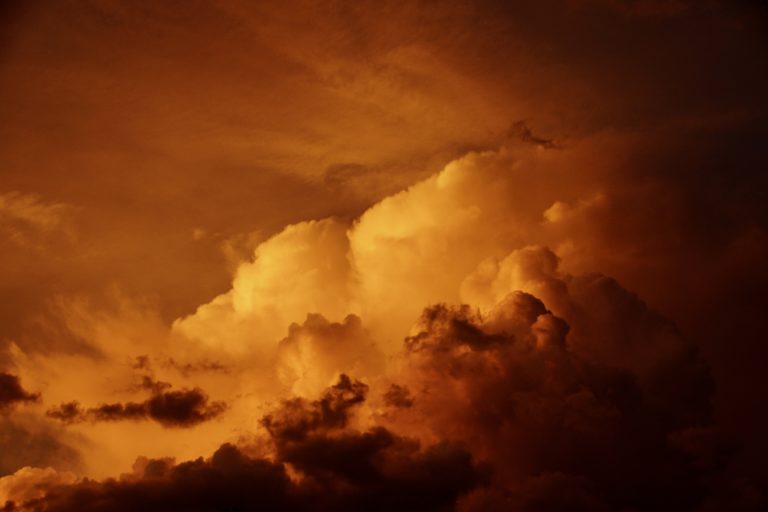LAKOTAS & NAVAJOS
People
LAKOTAS
Tituwan Oceti Sakowin
The Lakota People or the People of Standing Rock are one of the first original Native American tribes who inhabited North America before the arrival of Europeans.
To note that Lakota is the language of the Tituwan Oceti Sakowin not the name. “Lakota” means ally.
Often referred to as the Great Sioux Nation, these American Natives whose real name is Tituwan Oceti Sakowin can be divided into three distinct groups based on the language and geography; Dakota (Santee, Eastern Dakota), Lakota (Teton, Western Dakota) and Nakota (Yankton, Central Dakota).
“Dakota” and “Lakota” means “friends” or “allies”.
The Lakotas or Tituwan Oceti Sakowin are a very strong and fierce tribe with legendary warriors and the battles and treaties that took place between the Lakotas and the United States’ Government have a long and popular history.
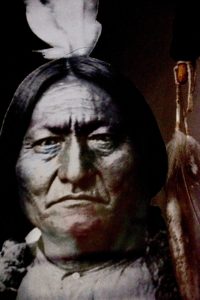
Sitting Bull (Lakota: Tȟatȟáŋka Íyotake. born in 1831 – died on December 15, 1890) was a Hunkpapa Lakota leader who led his people during years of resistance against United States government policies.
Related Reels
Categories
TREATIES
LAKOTAS Reel # 1
In the following reel # 1 the Tituwan Oceti Sakowin.(Lakota) scientist and historian Charmaine White Face, or Zumila Wobaga, from the Tituwan Oceto Sakowin tribe (Great Sioux Nation), revisits American History before and after the treaties of 1851 and 1868 between the U.S government and the Sioux Nation.
She also discourses on the battle of Little Big Horn in Montana in 1876 where her ancestors fought.
Charmaine is known for her work in support of Native American rights, in particular as coordinator of the “Defenders of the Black Hills”, a volunteer environmental organization centered on efforts to address the issues of old abandoned mines ( Gold and Uranium mining. See Reel # 2).
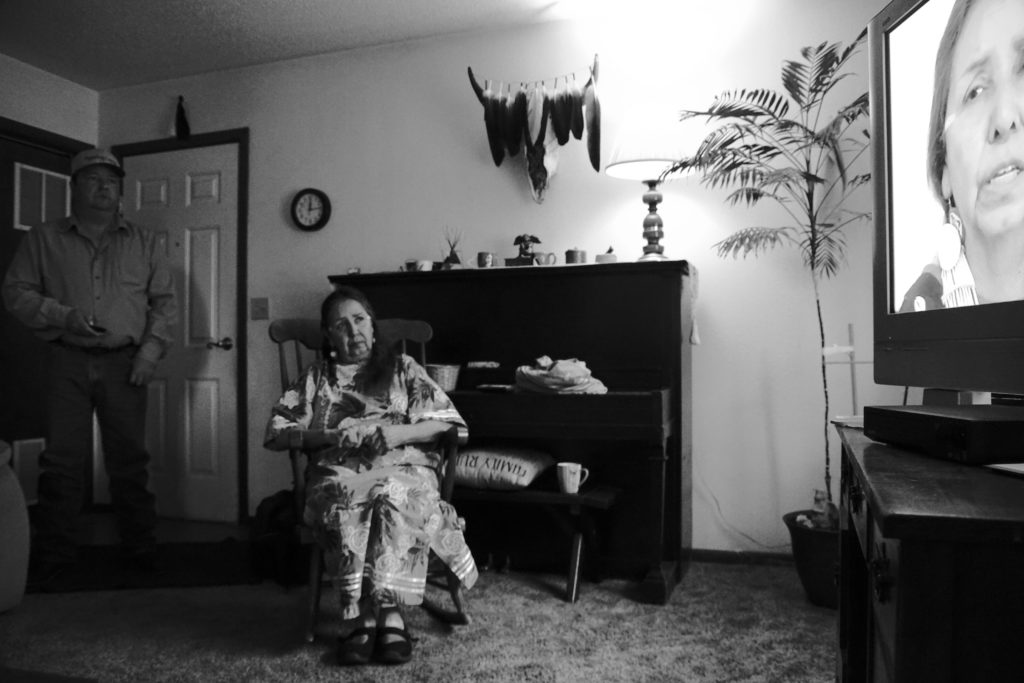
LAKOTAS. Treaties
Badlands & Pine Ridge reservation, South Dakota, USA
2018
HD 1080p
Reel Duration: 8’07”
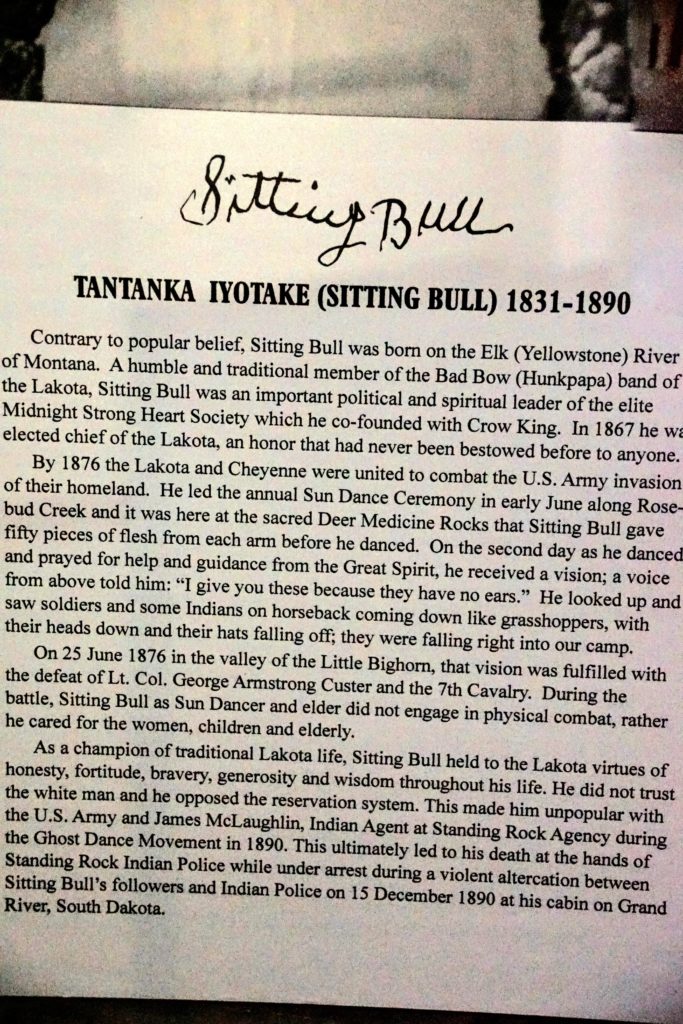
CRAZY HORSE Oglala Sioux leader
Crazy Horse was among the Sioux leaders such as Sitting Bull, who defeated George Armstrong Custer’s Seventh Cavalry at the Battle of Little Big Horn in Montana Territory in 1876.
The battle, in which 265 members of the Seventh Cavalry, including Custer, were killed, was the worst defeat of the U.S. Army in its long history of warfare with the Native Americans.
After the victory at Little Bighorn, U.S. Army forces led by Colonel Nelson Miles pursued Crazy Horse and his followers.
His tribe suffered from cold and starvation, and on May 6, 1877, Crazy Horse surrendered to General George Crook at the Red Cloud Indian Agency in Nebraska. He was sent to Fort Robinson, where he was killed in a scuffle with soldiers who were trying to imprison him in a cell.
Source: History Channel (U.S)

URANIUM
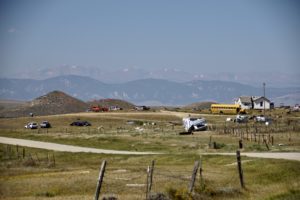 The Sioux have a profound grasp of the beauty of their environment.
The Sioux have a profound grasp of the beauty of their environment.
Their sacred sites are numerous in the Dakotas, Wyoming and Montana.
Yet the reservations are often piled high with debris and abandoned automobiles.
There are too few good jobs, too few houses, poor health care and an unsteady balance between the authority of motivated tribal officers and bureaucratic government officials.
In addition, there are the issues related to mines (abandoned or still active) (yesterday gold, today uranium).
For more than forty years, the people of South Dakota and beyond have been subjected to radioactive polluted dust and runoff from the hundreds of abandoned open pit uranium mines, processing sites, underground nuclear power stations, and waste dumps.
These active and non active mines continue to produce significant healths hazards and diseases such as cancer and lupus.
project in development
In this reel, Charmaine White Face is joined by Chase Iron Eyes, Tituwan Oceti Sakowin (Lakota) lawyer.
Both in their own expertise speak about the urgent needs to clean the abandoned mines and water sources, and to assert and promote the rights of the Lakota People on their own land which derives from their political, economic and social structures and from their cultures and spiritual traditions as declared in the Indigenous Nations Chart of the United Nations Assembly in 2007.
Rapid City & Pine Ridge South Dakota, USA
2018
HD 1080p
Reel Duration: 12’09”
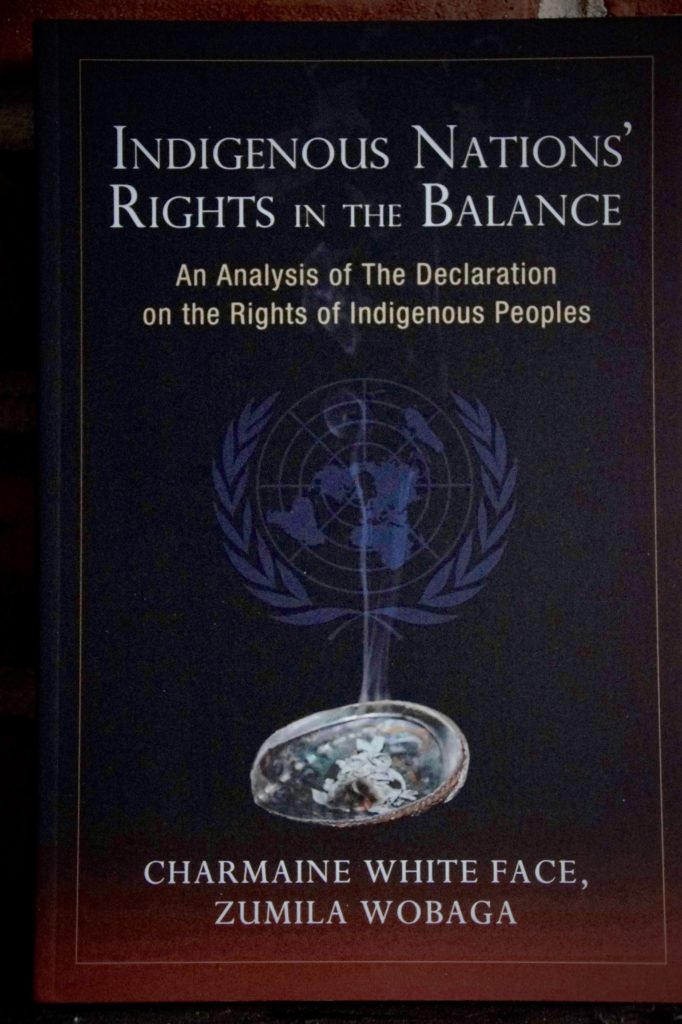
The Dakota Access Pipeline (DAPL)
The controversial construction of the Dakota Access Pipeline (DAPL) gained national and international attention when the U.S. Army Corps of Engineers accepted an application filed by Energy Transfer Partners, a Texas-based developer behind the project.
The position of the Standing Rock Sioux Tribe is that the Dakota Access Pipeline violates Article II of the Fort Laramie Treaty, which guarantees the “undisturbed use and occupation” of reservation lands surrounding the proposed location of the pipeline.
In 2015, the Standing Rock Sioux Tribe, operating as a sovereign nation, passed a resolution regarding the pipeline stating that “the Dakota Access Pipeline poses a serious risk to the very survival of our Tribe and would destroy valuable cultural resources.”
Source: Native Knowledge 360
The Dakota Access Pipeline (DAPL) or Bakken pipeline is a 1,172-mile-long (1,886 km) underground oil pipeline in the United States.
It begins in the shale oil fields of the Bakken formation in northwest North Dakota and continues through South Dakota and Iowa to an oil terminal near Patoka, Illinois.
To generate momentum for their cause and demonstrate their opposition to the pipeline, the Standing Rock Sioux Tribe organized runs, horseback rides, and marches. Many Native Nations, along with non-Native allies, celebrities, and several politicians supported the movement and traveled to join DAPL protesters at the Sacred Stone Camp on the Standing Rock Reservation.
The Sacred Stone Camp (North Dakota)
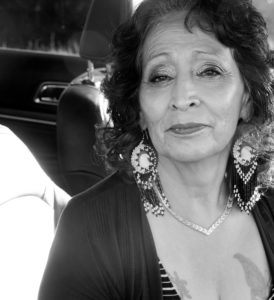
LaDonna Tamakawastewin Brave Bull Allard co-founded the Sacred Stone Camp, on her family’s land, where indigenous youth began the fight in April 2016 against the Dakota Access Pipeline, which crosses the Missouri River just above the reservation.
She is an enrolled member of the Standing Rock Sioux Tribe, and its former historical preservation officer.
"I am not afraid to look at you"
Sacred Stone site.
North Dakota, USA
2018
HD 1080p
Reel Duration: 8’51 “
In this clip LaDonna Brave Bull describes the meaning of “I am not afraid to look at you” name of the statue of a Red Man, also a symbol of the Sacred Stone camp which was set up on her land in 2016 and 2017 against the incursion of the DAPL.
She also reminisces about her growing up on the land of her ancestors before she was sent with her brothers and sisters to boarding schools and then to foster homes.
January 26 2021, the U.S. Court of Appeals for the District of Columbia Circuit agreed with a lower court that the Army Corps of Engineers fell short of the National Environmental Policy Act when it allowed Dakota Access to cross a federal reservoir in North Dakota—and that the violation warranted scrapping the easement.
https://www.nativesunnews.today/articles/sioux-tribal-heads-hail-latest-court-ruling-on-dakota-access-pipeline/
POWWOW
Powwow is a celebration of American Indians culture in which people from diverse indigenous nations gather for the purpose of dancing, singing and honoring the traditions of their ancestors.
The term powwow, which derives from a curing ritual, originated in one of the Algonquian nations of the Northeast ancestors.
Today powwows take place over a period of one to four days and often draw dancers, singers, artists, and traders from hundreds of miles away.
Spectators (including non-Indians) are welcome to attend, as participants seek to share the positive aspects of their culture with outsiders.
Modern powwows can be grouped into two broad divisions: “competition” (or “contest”) events and those referred to as “traditional.”
LAKOTA POWWOW
Lakota Powwow.
Eagle Butte.South Dakota, USA
2018
HD 1080p
Reel Duration: 10’33”
The Poncas were the first to practice the ceremony that led to today’s powwow. The Poncas called it the Hethuska, which began around 1804. They passed this ceremony to the Kaw, and the Kaw in turn gave the dance to the Osage, who named it the Inlonschka.
The next tribe to incorporate this ceremony was the Omaha, who passed the ceremony to the Lakota (Sioux) tribe.
It seemed to become popular in the late 1890’s. During this time, the Omaha, or “Grass” dance as it was then called, spread quickly. Unlike ceremonial dances of other tribes, the Grass dancers danced for the purpose of dancing itself, instead of a religious ceremony.
NAVAJOS
The Navajos are a Native American People of the Southwestern United States.
At more than 300,000 enrolled tribal members as of 2015, the Navajo Nation is the largest federally recognized tribe in the U.S and the Navajo Nation has the largest reservation in the country.
The reservation straddles the Four Corners region and covers more than 27,000 square miles (70,000 square km) of land in Arizona, Utah and New Mexico.
The Navajo language is spoken throughout the region.
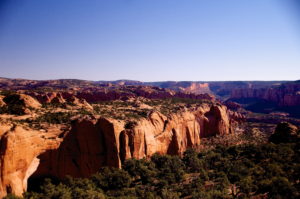
Navajo Monument Arizona 2015
The migration of Anglo-Americans to the ancestral Navajo lands soon led to conflict between Navajos and the United States Government.
In 1864, the United States Army decided to gather all the Navajo people for relocation, though many hid near such locations as Canyon de Chelly and Navajo Mountain. Many Navajos refused to surrender, despite Carson destroying their crops and sheep, burning their villages, and killing their families.
Those who survived were sent to Fort Sumner on the “Long Walk.” Several hundred Navajos died on this walk due to starvation and cruel treatment.
The Peace Commission and the Treaty of 1868 allowed the Navajo to return to their homeland after four terrible years of incarceration.
NAVAJO POWWOW 1
NAVAJO POWWOW 2
NAVAJO POWWOW 3
NAVAJO POWWOW 4
Navajo Powwows.
Window Rock. Arizona. USA
2015
HD 1080p
Reel 1 Duration: 9′ 11″ Reel 2 Duration: 6′ 40″
Reel 3 Duration: 3′ 59″ Reel 4 Duration: 8′ 08″
Filmed at the 2015 Navajo Nation Fair Pow Wow near Window Rock, Arizona, this gathering features a spectacular dance competition that showcases the richness of Navajo culture.
The dancing, singing and music, as well as the workmanship shown in the ceremonial attires, exemplify the beauty and precision of these dances.
